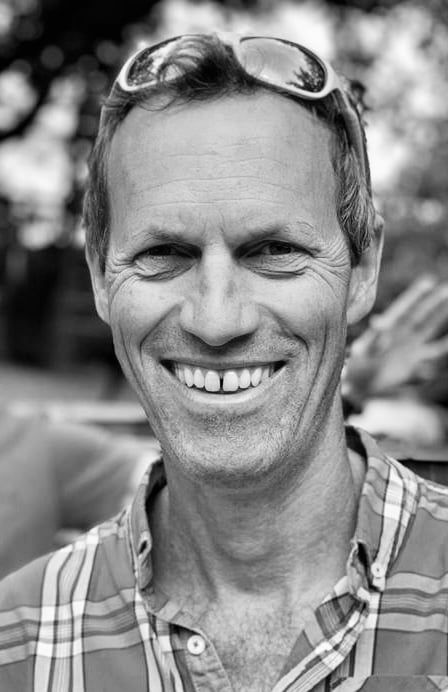Characteristics of Population Change
Environmental Context
- The environmental context refers to aspects of physical geography that affect the size, distribution and growth rate of an area’s population. It includes
- Climate
- Soils
- Availability of resources including water supply

Physical factors affecting population size and density
Exam Tip
In the exam you may be asked about the environmental context for human population. Try to discuss how the physical factors link together. For example, a more temperate climate with an even supply of rainfall is more likely to bring about a reliable water supply to support a large population. In contrast, arid areas are more likely to have thin soils prone to erosion.
Key population parameters
- Distribution
- Describes the pattern of how population is spread over an area
- The world has an uneven population distribution
- Density
- The number of people living in a certain area
- Usually measured in population per km2
- Numbers
- The total amount of people living in an area
- Change
- How population increases or decreases over time
- Population is never static; the distribution, density and number is constantly evolving due to various processes




